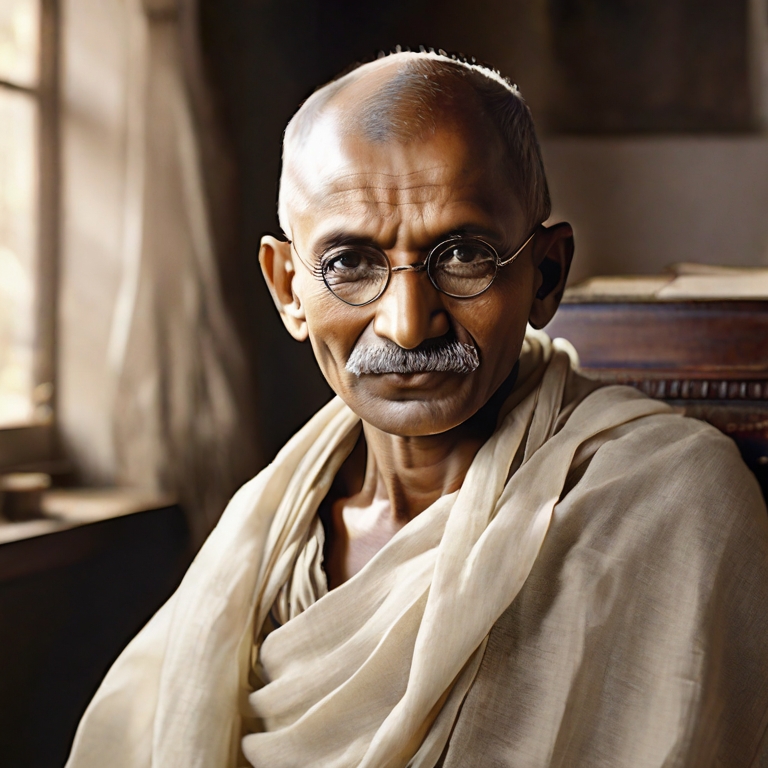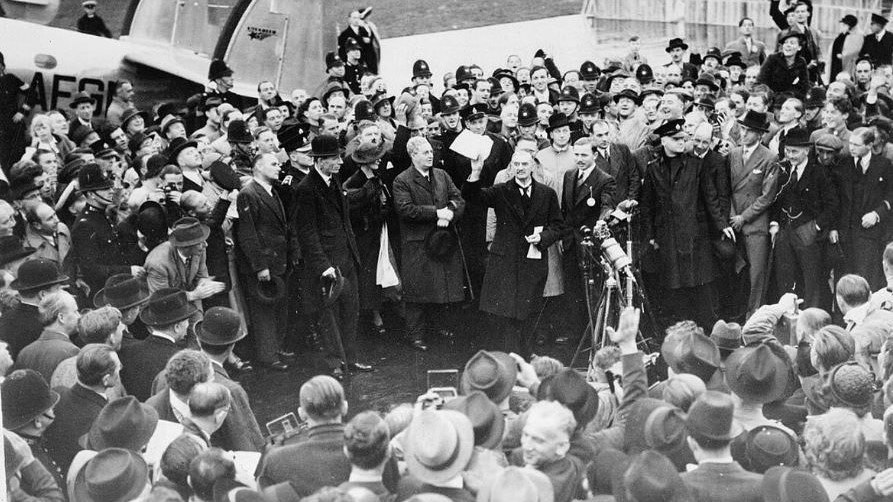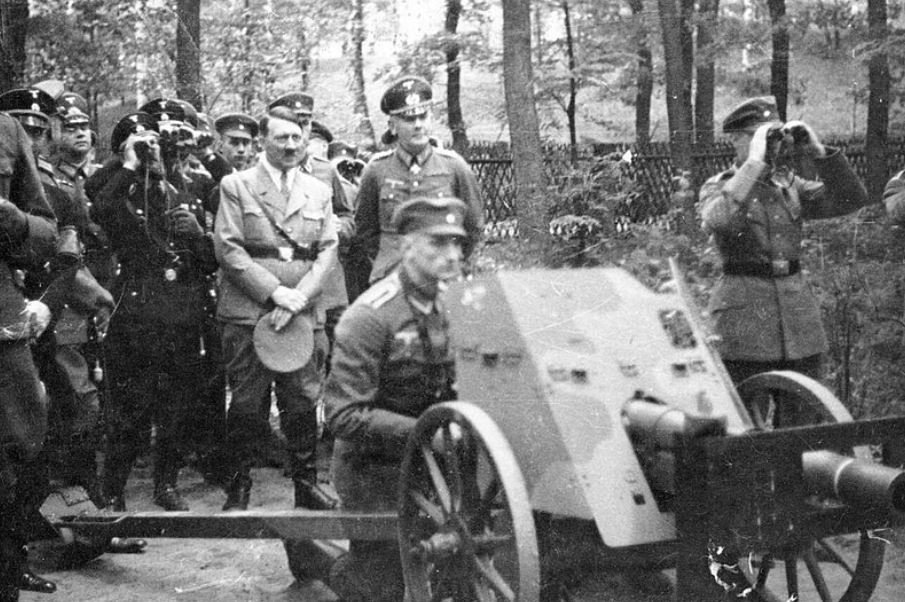What was India’s role in World War 2?
During the early 20th Century, British India stood at a crossroads. India was shaped by a colonial rule, political movements, and cultural richness.
This vast subcontinent, comprising present-day India, Pakistan, and Bangladesh, had long been under the dominion of the British Crown. The colonial legacy reaching back to the establishment of the British East India Company in 1611.
India became a key player in World War 2. The significance of India in this war extended beyond its geographical boundaries.
This article explores the multi-layered role played by British India during World War 2, unraveling the complexities of its historical context and shedding light on the profound impact of the conflict on the subcontinent.
- British India in the Prelude to World War 2
- The Relevance of India's Contribution in the First World War
- Indian Dilemma at the Outbreak of World War 2
- British Indian Army's Evolution during World War 2
- Indian Troops in Major Campaigns
- The Free Indian Legion in World War 2
- The Italian Indian Legion
- Bengal Famine during World War 2
- Post-War Independence: Partition and the Creation of India and Pakistan
- FAQ: About India's role in World War 2
- Final Thoughts on India's Role in World War 2
- Further Reading
British India in the Prelude to World War 2
Historical background of British rule in India
The roots of colonial rule delve deep, with the British East India Company consolidating its power since 1611.
By 1818, the expulsion of rival European powers cemented British dominance in the area.
In the aftermath of the Sepoy Mutiny in 1857, control shifted from the East India Company to direct rule under the British Crown.
Political developments leading up to the war
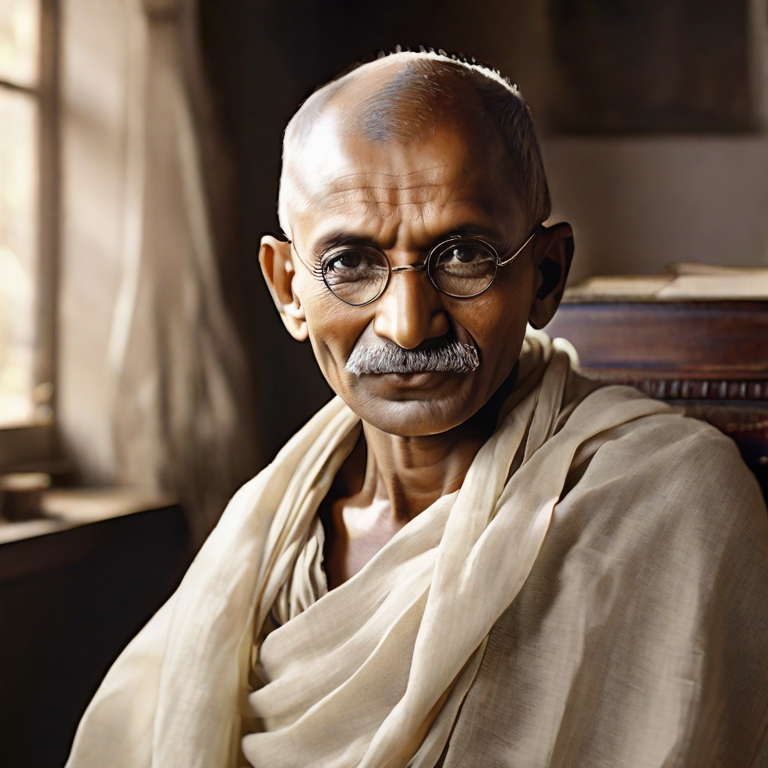
The interwar period witnessed significant political transformations in British India. These events effected India’s Role in World War 2.
The 1920s and 30s saw the implementation of the Indianization Policy. This strategy was aimed at incorporating Indians into administrative roles through symbolic concessions.
However, dissatisfaction brewed among the majority of the populace due to racial segregation and social stratification within the colonial government.
On the eve of World War 2, British India found itself in a state of political flux. The Indian National Congress (INC) was established in 1885 with the initial goal of Indian representation in governance. By 1929, under the leadership of Mahatma Gandhi, the INC pivoted toward advocating full independence.
This evolving stance within the INC would prove to be a critical factor in shaping India’s response to the looming war.
Divisions emerged within the Congress. Some factions supported varing degrees of cooperation with the British. This set the stage for a nuanced and dynamic interplay of political forces as the world plunged into the chaos of World War 2.
The Relevance of India’s Contribution in the First World War
The Substantial Contribution of Indian Soldiers
During the First World War, the Indian subcontinent emerged as a significant contributor to the Allied forces.
Approximately 800,000 Indian soldiers, hailing from diverse backgrounds, served on various fronts.
Indian soldiers were deployed across different theaters of war, from the trenches of the Western Front to the deserts of the Middle East and the battlefields of East Africa.
Their contributions ranged from providing essential manpower to showcasing bravery and valor in the face of adversity.
The sacrifices made by Indian soldiers during the First World War laid the foundation for the recognition of India’s military prowess. The war marked a shift in the perception of the subcontinent from being a distant colony to a significant player in global conflicts.
India’s involvement in the war also had political ramifications. The sacrifices made by Indian soldiers fueled the demand for greater political representation and self-determination. The post-war period saw a heightened sense of nationalistic fervor. this led to aspirations of a more prominent role in shaping the destiny of the Indian subcontinent.
Indian Dilemma at the Outbreak of World War 2
Divisions within the Indian Political Landscape
As the outbreak of World War 2, British India found itself grappling with a complex dilemma that shaped India’s Role in World War 2.
Divisions within the Indian political landscape mirrored the conflicting sentiments among its leaders and citizens. The outbreak of war forced a critical choice upon the subcontinent. Whether to support the British war effort or to prioritize the longstanding call for independence.
The Stance of Indian National Congress and Key Leaders
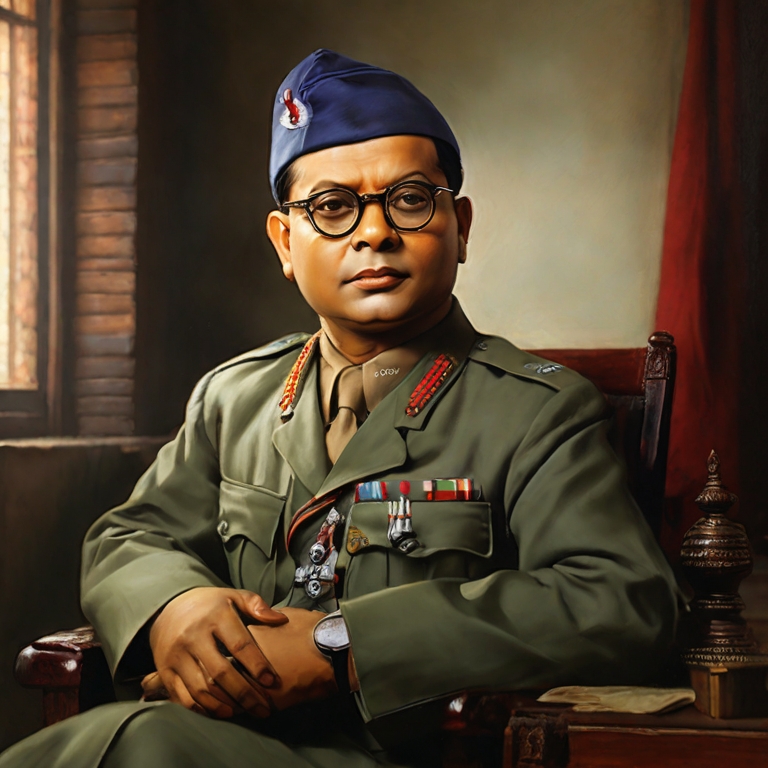
The Indian National Congress, under the leadership of Mahatma Gandhi, underwent a transformation during this crucial period.
By 1939, the INC, which had initially sought constitutional reforms and increased Indian representation, pivoted towards a more assertive demand for complete independence. This shift in stance created an internal rift within the Congress.
Leaders like Jawaharlal Nehru and Subhas Chandra Bose aligned with the more radical demand for independence.
Other Congress leaders, including Vallabhbhai Patel and Rajendra Prasad, were open to a cooperative approach with the British.
The internal divisions within the INC reflected the broader spectrum of opinions across India, reflecting the complexity of the nation’s response to the unfolding war.
British Indian Army’s Evolution during World War 2
Initial Unpreparedness
In 1939, the British Indian Army found itself initially unprepared for the scale and intensity of the conflict. The military establishment in British India had not anticipated the magnitude of the global conflict, and the British authorities were caught off guard by the rapid escalation of hostilities.
However, as the war progressed, the strategic landscape evolved. The British soon recognized the critical need for the vast manpower that India could provide.
The initial underestimation gave way to an acknowledgment of the indispensable role that Indian soldiers could play on the various fronts of the war.
Expansion of the British Indian Army During the War
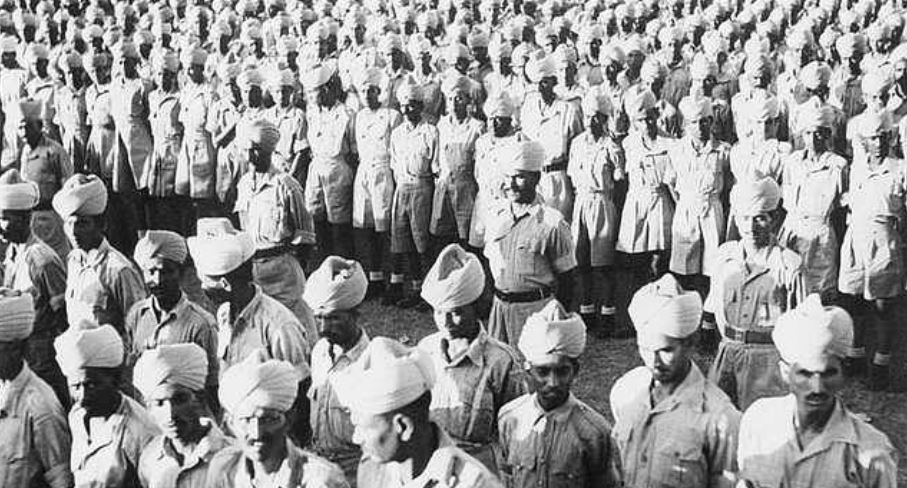
India’s Role in World War 2 included the provision of troops. In response to the shifting dynamics of the war, the British Indian Army underwent a radical expansion.
The Indian Army grew from a modest size of 205,000 men in 1939 to a staggering 2.5 million by the war’s conclusion.
This expansion was not only in terms of numbers but also involved the mobilization of diverse units, encompassing infantry, artillery, engineers, and various support services.
The recruitment efforts reached across the length and breadth of British India, drawing in soldiers from diverse linguistic, cultural, and regional backgrounds.
The rapid expansion of the British Indian Army reflected the urgent need for manpower on a scale that surpassed expectations. Indian soldiers, officers, and support staff found themselves thrust onto the global stage, serving in various theaters of war, from the deserts of North Africa to the jungles of Southeast Asia.
Indian Troops in Major Campaigns
Key Contributions in East Africa, North Africa, and Southeast Asia
Indian troops played a crucial role in several major campaigns.
From the arid landscapes of North Africa to the dense jungles of Southeast Asia, and the vast expanses of East Africa, Indian soldiers navigated diverse terrains, demonstrating their adaptability and resilience.
East Africa: Indian troops engaged in East Africa, contributing significantly to the Allied efforts against the Axis powers. Their role in campaigns such as the East African Campaign (1940-1941) was instrumental in pushing back Italian and German forces.
North Africa: Indian soldiers were actively deployed in the deserts of North Africa, facing the formidable German and Italian forces. Their participation in crucial battles, such as the Siege of Tobruk and the decisive Battle of El Alamein, played a vital role in halting Axis advances and turning the tide of the war in favor of the Allies.
Southeast Asia: The jungles of Southeast Asia witnessed the unwavering commitment of Indian troops in pivotal battles. From the defense of Hong Kong to the intense fighting in Singapore, Indian soldiers faced the challenges of unconventional warfare. Despite facing overwhelming odds during the Japanese invasion, their resilience and determination laid the groundwork for future campaigns in the region.
The Battles of Imphal and Kohima in 1944
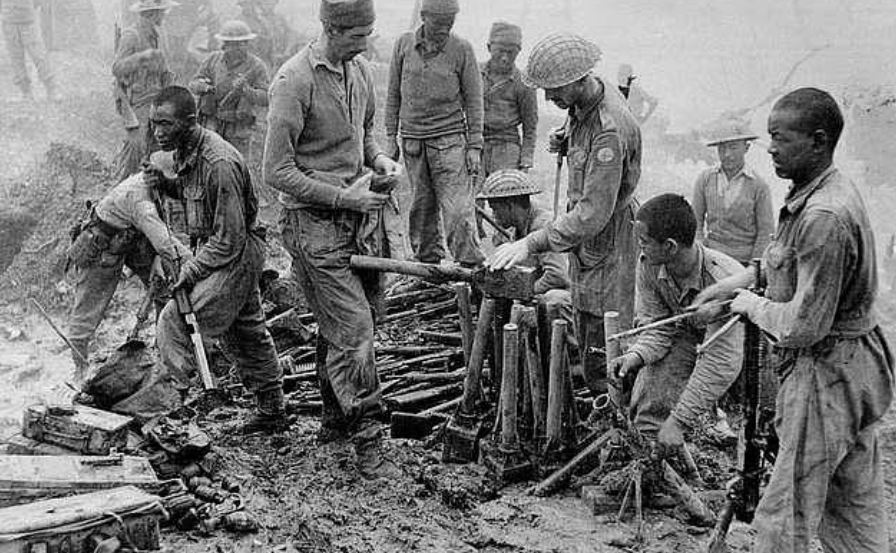
India’s Role in World War 2 and particularly the Burma campaign was influential.
Indian soldiers proved their mettle in several pivotal battles, becoming the backbone of Allied forces in critical engagements. Among these, the Battles of Imphal and Kohima in 1944, often referred to as the “Stalingrad of the East,” stand out as testament to the valor and tenacity of Indian troops.
The Imphal Offensive
In March 1944, the Japanese launched a massive offensive against Imphal, the capital of Manipur.
The Japanese 15th Army, commanded by Lieutenant General Renya Mutaguchi, aimed to cut off Allied supply lines and capture the strategically important Imphal Valley.
The Indian Army, under the command of Lieutenant General William Slim, stood firm against the Japanese onslaught. The 4th Indian Division played a crucial role in defending Imphal.
Despite being outnumbered and outgunned, the Indian troops fought with tenacity, repelling repeated Japanese attacks.
The Battle of Kohima
Simultaneously with the Imphal offensive, the Japanese launched an attack on Kohima, the capital of Nagaland.
The Japanese 31st Division, led by Lieutenant General Sato, aimed to capture Kohima and cut off the Allied supply route to Imphal.
The 5th Indian Division bore the brunt of the Japanese assault. The battle raged for weeks, with both sides suffering heavy casualties.
The Battles of Imphal and Kohima reached a critical juncture in June 1944. The Japanese forces, having failed to achieve their objectives, were running low on supplies and reinforcements. The Indian Army, on the other hand, had received reinforcements and was determined to push back the Japanese.
In a decisive counteroffensive, the Indian Army, supported by Allied airpower, launched a series of attacks against the Japanese positions. The Japanese forces, unable to withstand the onslaught, began to retreat.
The Battles of Imphal and Kohima ended in a resounding victory for the Allied forces. The Indian Army played a pivotal role in defeating the Japanese and preventing them from achieving their strategic goals.
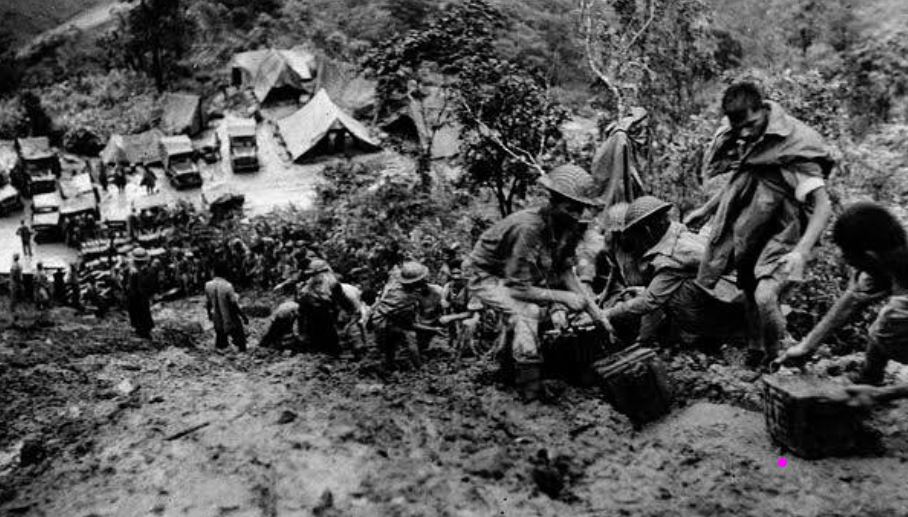
The victory at Imphal and Kohima marked a turning point in the Burma Campaign. It shattered the myth of Japanese invincibility and boosted the morale of the Allied forces. It also paved the way for the eventual liberation of Burma and the defeat of Japan in the Southeast Asian theater.
The Battles of Imphal and Kohima stand as a testament to the bravery, resilience, and professionalism of the Indian Army.
Plight of Indian Soldiers under Japanese Captivity
The events of World War 2 brought with them a chapter of hardship and endurance for Indian soldiers who found themselves in the clutches of Japanese occupation.
Approximately 55,000 Indian soldiers were taken prisoner by the Japanese, and their plight under captivity revealed a harsh reality marked by deprivation, mistreatment, and grueling conditions.
Forced labor, inadequate rations, and brutal treatment were the grim hallmarks of their captivity. The ordeal endured by these soldiers became a poignant chapter in the larger narrative of the war, underscoring the sacrifices made by Indian troops on diverse fronts.
The Free Indian Legion in World War 2
India’s Role in World War 2 was complex and they made a contribution in support of the Japanese. Amidst the turmoil of World War 2, a unique military unit emerged in Southeast Asia: the Free Indian Legion.
This volunteer force, composed of Indian prisoners of war and expatriates, who fought alongside the Axis powers against the Allied forces.
Formation of the Free Indian Legion
The Free Indian Legion was formed in 1942 by the Indian National Army (INA), a nationalist movement seeking India’s independence from British rule.
The INA, led by Subhas Chandra Bose, collaborated with the Axis powers, particularly Nazi Germany and Imperial Japan, to achieve their goal.
Many Indian soldiers captured by the Japanese in the Malayan Campaign were persuaded to join the Free Indian Legion. These soldiers were motivated by a desire to fight for India’s freedom and to avenge the perceived injustices of British colonial rule.
The Free Indian Legion was organized into three infantry battalions, a field artillery regiment, and a signals company. The legion was commanded by Indian officers, many of whom had served in the British Indian Army before being captured.
The legionnaires wore distinctive uniforms that incorporated elements of both Indian and German military attire. They also adopted the INA’s tricolor flag, which featured the colors saffron, white, and green.
Combat Operations
The Free Indian Legion saw action in several battles against the Allied forces in Southeast Asia.
They fought alongside Japanese units in the following battles:
- Battle of Meiktila
- Battle of Imphal
- Battle of Kohima
Despite their initial successes, the Free Indian Legion faced numerous challenges. They were often poorly equipped and lacked adequate training. Additionally, the legionnaires were often viewed with suspicion by the Japanese, who did not fully trust their loyalty.
After the war, the legionnaires were repatriated to India and faced trial for treason. However, many were eventually pardoned or given light sentences due to public sympathy for their cause.
The Free Indian Legion’s legacy continues to be debated in India, with some viewing the legionnaires as martyrs and others condemning them as collaborators.
The Italian Indian Legion
India’s Role in World War 2 also saw some Indian’s joining an Italian Indian Legion that fought in North Africa.
The Italian Indian Legion was formed in 1942 by the Italian government, which sought to recruit Indian prisoners of war and expatriates to fight against the British in North Africa. The legion was composed of both Muslim and Hindu volunteers, many of whom were motivated by a desire to fight against British colonialism and to support the Axis cause.
The Italian Indian Legion was organized into two battalions, each consisting of four companies. The legion was commanded by Italian officers, but the majority of the troops were Indian.
The Italian Indian Legion saw action in several battles in North Africa, including the Second Battle of El Alamein in October-November 1942. The legionnaires fought alongside Italian and German forces against the British Eighth Army.
The legion suffered heavy casualties in the fighting, and its remnants were eventually captured or surrendered to the Allies.
Bengal Famine during World War 2
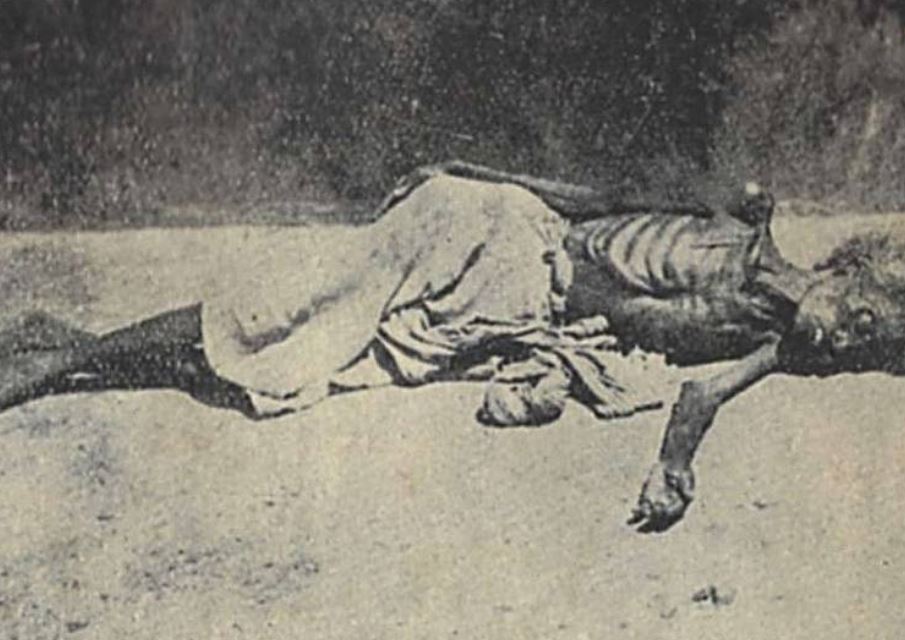
Causes and Factors Contributing to the Bengal Famine
The Bengal Famine of 1943-1944 stands as a tragic chapter in India’s wartime history.
The Bengal Famine resulted in the deaths of an estimated 2-3 million people. It was one of the worst famines in Indian history and remains a source of anger and resentment in the region today.
The Bengal Famine was a complex event with multiple causes and contributing factors. Some of the key causes and factors include:
1. British Colonial Policies:
- Wartime Food Shortages: The British government’s focus on the war effort led to the diversion of food supplies away from India to feed British troops and civilians.
- Export of Food: Despite the food shortages in India, the British continued to export food from India to other parts of the British Empire, including Ceylon (now Sri Lanka).
- Procurement Policies: The British government’s procurement policies, which involved the forced purchase of rice and other food grains from Indian farmers at low prices, disrupted local food markets and led to hoarding and speculation.
2. Natural Disasters:
- Cyclone and Floods: In 1942, a cyclone and subsequent floods devastated crops and disrupted transportation in coastal Bengal, leading to food shortages.
3. Economic Factors:
- Inflation: The war led to a sharp increase in inflation, which made it difficult for people to afford food.
- Loss of Livelihoods: Many people lost their livelihoods due to the war, including agricultural laborers who were displaced by mechanization and jute mill workers who were laid off due to the disruption of the jute trade.
4. Public Health Failures:
- Inadequate Relief Measures: The British government’s relief measures were inadequate and slow to respond to the crisis.
- Disease Outbreaks: The famine led to outbreaks of diseases such as cholera and malaria, which further weakened the population and increased the death toll.
5. Social Factors:
- Caste and Class Discrimination: The caste system and other social inequalities meant that the most vulnerable populations, such as the landless poor and the lower castes, were disproportionately affected by the famine.
6. Administrative Failures:
- Lack of Coordination: There was a lack of coordination between the British government and local officials in responding to the famine.
- Corruption: Corruption among government officials also hampered relief efforts.
The Bengal Famine was a preventable tragedy that was caused by a combination of factors, including British colonial policies, natural disasters, economic factors, public health failures, social factors, and administrative failures.
The famine had a significant impact on public opinion in India and abroad. It led to widespread criticism of the British authorities and contributed to the rise of nationalism in India. The famine also highlighted the importance of food security and the need for governments to take action to prevent famines from happening again.
Post-War Independence: Partition and the Creation of India and Pakistan
In March 1947, the British government sent Lord Louis Mountbatten to India as the new Viceroy with a mandate to oversee the transfer of power to Indian hands. Mountbatten quickly realized that the situation in India was more complex than he had anticipated and that a speedy and peaceful transfer of power was essential to avoid a full-scale civil war.
The Mountbatten Plan led to the end of British rule in India after nearly 200 years. It marked the birth of two new independent nations: India and Pakistan.
Key Provisions of the Mountbatten Plan:
- Partition of India: The plan called for the partition of India into two independent dominions: India and Pakistan. The partition was based on religious lines, with Muslim-majority areas becoming part of Pakistan and Hindu-majority areas becoming part of India.
- Transfer of Power: The plan set June 15, 1947, as the date for the transfer of power from the British government to the two new dominions.
- Princely States: The plan also addressed the issue of the princely states, which were over 500 semi-autonomous states ruled by local princes. The princes were given the option to accede to either India or Pakistan or to remain independent. Most of the princely states acceded to either India or Pakistan, although a few, such as Hyderabad and Junagadh, initially resisted. The Indian government eventually annexed these states through military action or diplomatic pressure.
The Tragedy of the Partition of India in 1947
The partition of India in 1947 was a traumatic event that resulted in the displacement of millions of people and the deaths of hundreds of thousands. The violence that accompanied the partition was largely communal in nature, with Hindus and Muslims attacking each other in reprisal for real or perceived atrocities. This cycle of violence made it difficult to stop the bloodshed.
The partition led to a mass exodus of refugees from both India and Pakistan. Hindus and Sikhs fled from Pakistan to India, while Muslims fled from India to Pakistan. The number of refugees is estimated to be between 10 and 12 million.
This influx of refugees into India and Pakistan placed a strain on resources and led to overcrowding and shortages of food, housing, and other essential supplies.
Many refugees lost their homes, businesses, and other property during the partition, leading to widespread poverty and destitution.
The partition of India left a legacy of bitterness and mistrust between India and Pakistan. The two countries have fought several wars since independence, and tensions remain high over the disputed territory of Kashmir.
The partition of India was a tragedy that had a profound impact on the lives of millions of people.
FAQ: About India’s role in World War 2
1. Why didn’t India fight the British?
India, during World War 2, faced a complex political landscape. Some factions within the Indian National Congress supported the British war effort in the hope of securing independence. Others, notably led by Mahatma Gandhi, believed in prioritizing the call for immediate independence. The divided stance of Indian political leaders influenced India’s approach to supporting the British during the war.
2. Was India bombed in World War 2?
Yes, India experienced bombing during World War 2. Japanese forces conducted air raids on Indian cities, notably Kolkata, in 1942. These attacks were part of the broader Japanese offensive in the Asia-Pacific region during the war.
3. Did Japan invade India during World War 2?
There was no direct invasion of the Indian mainland by Japanese forces.
4. What was the bloodiest battle in India?
The Battles of Imphal and Kohima, fought in 1944, are often considered among the bloodiest battles in India during World War 2. These battles witnessed intense fighting between Allied forces and the Japanese, with significant loss of life on both sides.
5. What was the largest volunteer army in history?
The British Indian Army during World War 2 is often referred to as the largest volunteer army in history. Millions of Indian men volunteered to serve in various theaters of the war, contributing significantly to the Allied war effort.
6. What caused the Indian famine in World War 2?
The Bengal Famine of 1943-1944 was caused by a combination of factors. These included:
- Japanese occupation of Burma disrupting traditional rice supply routes,
- Natural disasters such as cyclones and flooding affecting agricultural production
- British policies and mismanagement, including requisitioning of rice for the war effort and a lack of effective relief measures.
Final Thoughts on India’s Role in World War 2
India’s Role in World War 2 – British India found itself entangled in a complex tapestry of sacrifice, struggle, and transformation. The roles played by India during the global conflict ranged from supporting the British war effort to the emergence of unconventional units and facing the tragedy of famine, all converged.
The war acted as a catalyst for change, both within India and on the global stage.
The partition of British India in 1947 marked the culmination of India’s struggle for independence. But this event led to one of the greatest acts of communal violence and human tragedy.
As India and Pakistan emerged as sovereign nations, the legacy of the war lingered in the scars of partition and the complex relationship between the two neighbors.

